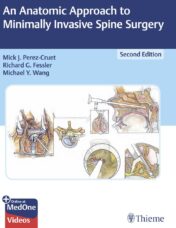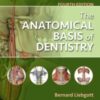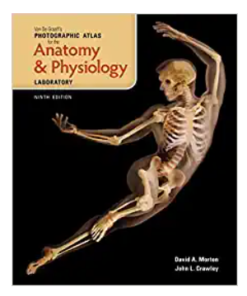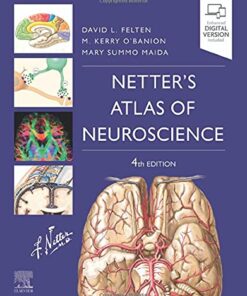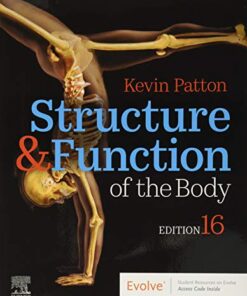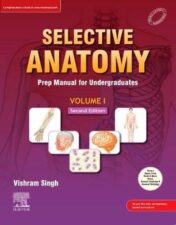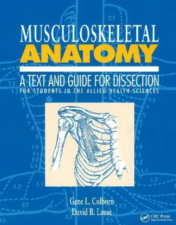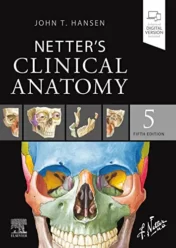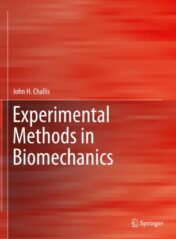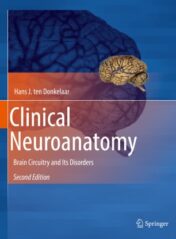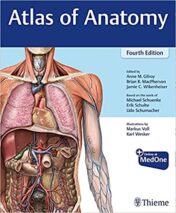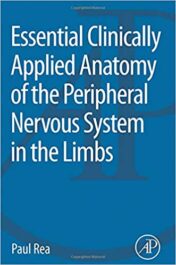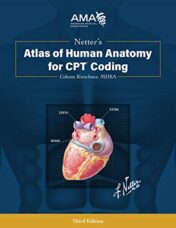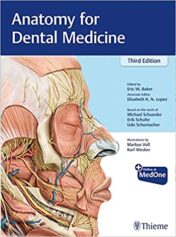An Anatomic Approach to Minimally Invasive Spine Surgery pdf
$12
An Anatomic Approach to Minimally Invasive Spine Surgery pdf
Significant advances have been made in minimally invasive spine (MIS) surgery approaches, techniques, and innovative technologies. By preserving normal anatomic integrity during spine surgery, MIS approaches enable spine surgeons to achieve improved patient outcomes, including faster return to normal active lifestyles and reduced revision rates. Exposing only the small portion of the spine responsible for symptoms via small ports or channels, requires a deep understanding of spinal anatomy and spinal pathophysiology. Building on the widely acclaimed first edition, An Anatomic Approach to Minimally Invasive Spine Surgery, Second Edition, provides an expanded foundation of knowledge to master minimally invasive spine surgery.
World-renowned spine neurosurgeons Mick Perez-Cruet, Richard Fessler, Michael Wang, and a cadre of highly regarded spine surgery experts provide masterful tutorials on an impressive array of cutting-edge technologies. Organized by seven sections and 51 chapters, the book presents a diverse spectrum of current safe and efficacious MIS procedures and future innovations. Nonsurgical approaches include injection-based spine procedures and stereotactic radiosurgery. Surgical technique chapters discuss MIS anterior, posterior, and lateral approaches to the cervical, thoracic, and lumbar spine, with procedures such as endoscopic microdiscectomy, vertebroplasty and kyphoplasty, percutaneous instrumentation, and robotic spine surgery.
Key Features
- Step-by-step illustrations, including more than 400 depictions by master surgical and anatomic illustrator Anthony Pazos portray the surgeon’s-eye-view of anatomy, intraoperative images, and surgical instruments, thereby aiding in the understanding of anatomy and procedures
- 20 online videos feature real-time operative fluoroscopy, pertinent anatomy, operative set-up, and common cervical, thoracic, and lumbar approaches
- Discussion of novel MIS techniques reflected in 16 new or expanded chapters, including Robotic Assisted Thoracic Spine Surgery and Stem-Cell Based Intervertebral Disc Restoration
Related Products
Anatomy Books
Anatomy Books
Anatomy Books
Anatomy Books
Anatomy Books
Anatomy Books
Anatomy Books
Anatomy Books
Anatomy Books
Anatomy Books
Anatomy Books
Anatomy Books
Anatomy Books
Anatomy Books
Anatomy Books
Anatomy Books
Anatomy Books
Anatomy Books
Anatomy Books
Anatomy Books
Anatomy Books

